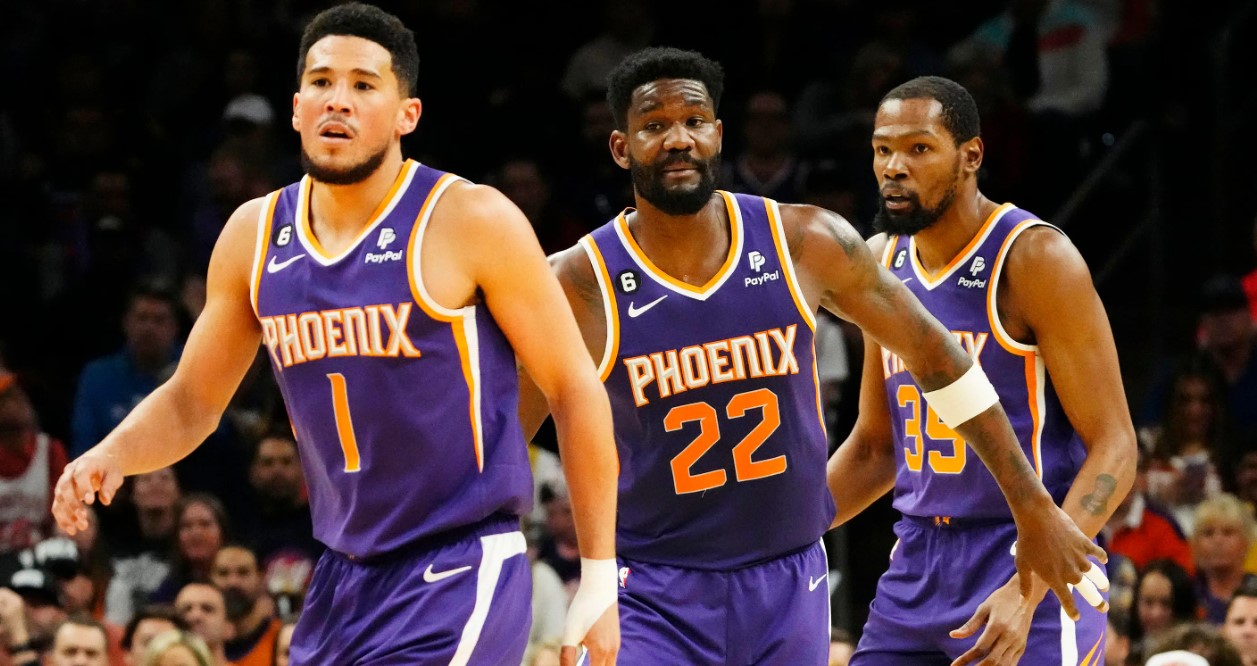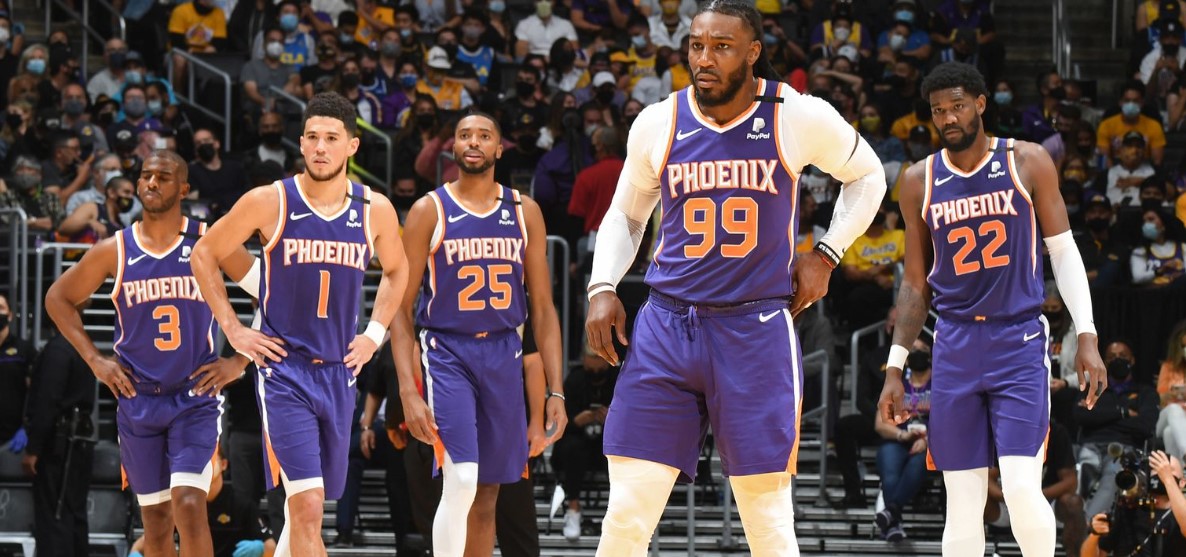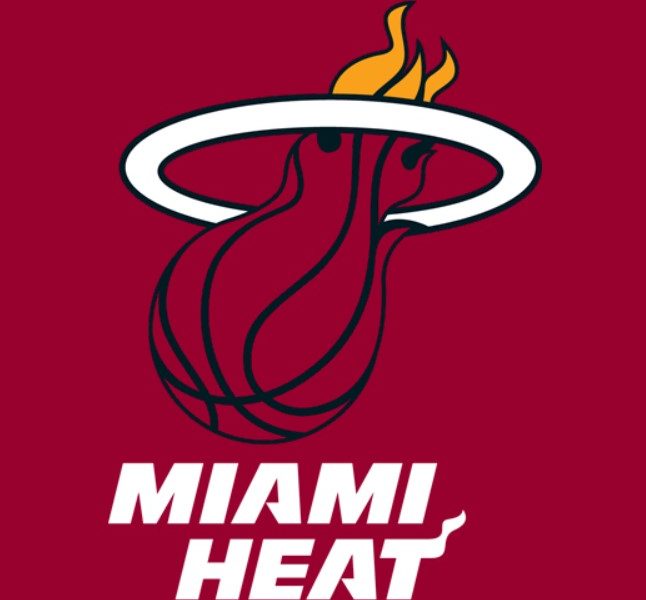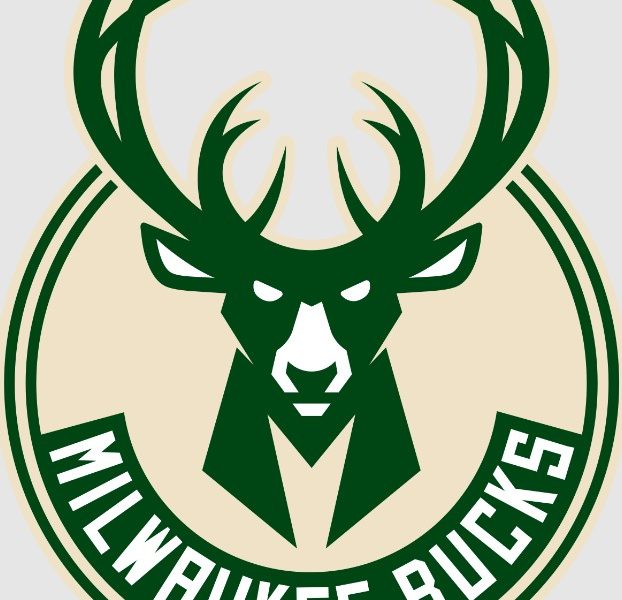Are you a fan of the Phoenix Suns? Are you browsing on Google or Bing for How to contact the Phoenix Suns? What is the Phone number, Whatsapp number, or mailing id of the Phoenix Suns? What is the house address and office address of Phoenix Suns? Are you searching the show’s Facetime, Fb, Twitter, or Insta id of Phoenix Suns? let’s check out these details in our article below.

Phoenix Suns Phone Number, Office Address, Email, Biography, Wiki, Whatsapp, and Contact Information

The Phoenix Suns are a professional basketball club from the United States who play their home games in Phoenix, Arizona. In the National Basketball Association (NBA), the Phoenix Suns compete in the Western Conference’s Pacific Division. The Footprint Center is where the Phoenix Suns call home court for their games. The club first participated in games in 1968 as an expansion team. Although their early years were marked by mediocrity, the 1970s marked a turning point in the franchise’s fortunes.
This season, the Suns could go to the NBA Finals by combining the talents of long-term guard Dick Van Arsdale and center Alvan Adams with those of Paul Westphal. The Boston Celtics ultimately defeated them in a best-of-six series. The remainder of the 1980s would be spent with the Suns rebuilding their team around Walter Davis. It wouldn’t be until 1988 that they would acquire Kevin Johnson with Johnson at the helm, after receiving Charles Barkley, a mainstay as an NBA All-Star player, and the contributions of Tom Chambers and Dan Majerle.
Throughout the 1990s, the Phoenix Suns were a consistent threat to win the NBA championship and made it to the NBA Finals in 1993. The team record for most consecutive postseason appearances held by the Suns is 13. The club proceeded into another era of mediocrity until the early 2000s after failing to win a title for a second time. Michael Jordan and the Chicago Bulls defeated them in six games as they accomplished their first three–peat, and the series ended with the Bulls winning the championship.
After reacquiring Steve Nash in 2004, the Suns were able to get back into the race for the playoffs almost quickly. As a result of having players like Steve Nash, Shawn Marion, and Amar’e Stoudemire on their team, as well as having Mike D’Antoni as their head coach, the Phoenix Suns were famous all over the globe for their lightning-fast, high-octane offense, which came to be known as “Seven Seconds or Less.” This helped the Suns tie the franchise record for most victories in the 2004–2005 season.
The Suns went on to finish in the top two of their respective conferences two more times, but they were unable to win an NBA title and were thus pushed into another rebuild. After going ten straight seasons without qualifying for the postseason, the Suns made it to the NBA Finals in 2021, thanks to the addition of Chris Paul to their roster. Paul and young players Devin Booker, Deandre Ayton, and Mikal Bridges created a formidable foursome for the Suns. The Suns made the trade that brought Kevin Durant, a 13-time All-Star and a two-time NBA champion, and Bradley Beal, a three-time All-Star, to their team in 2023.
The Phoenix Suns have the seventh-best all-time winning % in the NBA, the second-highest winning percentage among teams who have never won an NBA championship, and the most appearances in the NBA Finals of any club that has never won an NBA championship. These accolades put the Suns in seventh place among all NBA teams in all-time winning percentage. The Phoenix Suns have had ten players inducted into the Basketball Hall of Fame, and two of its players, Barkley and Nash, have earned the NBA Most Valuable Player (MVP) Award while playing for the Suns.
Only the Phoenix Suns, one of Arizona’s leading professional sports clubs, refer to themselves as being from “Phoenix” rather than “Arizona” when referring to their location in Arizona. Arizona Cardinals of the National Football League and Arizona Coyotes of the National Hockey League altered their geographical designation from “Phoenix” to “Arizona” after moving from other locales. Before that, both teams were known as the “Phoenix” franchise. Their state’s name has always known the Arizona Diamondbacks of Major League Baseball as their team identity.
Along with the Milwaukee Bucks, also based in Milwaukee, Wisconsin, the Suns were one of two clubs to enter the National Basketball Association at the beginning of the 1968-1969 season. They were the first major professional sports franchise in the Phoenix market and the entire state of Arizona. They remained the only one for 20 years (a Phoenix Roadrunners team played in the World Hockey Association from 1974 to 1977) until the Arizona Cardinals of the National Football League relocated from St. Louis in 1988. They were the first major professional sports franchise in the Phoenix market and Arizona.
The Suns played their home games for the first 24 seasons in the Arizona Veterans Memorial Coliseum, sometimes known as the “Madhouse on McDowell.” This arena is a short distance north-northwest of the central business district of Phoenix. Karl Eller was the proprietor of a public firm then; Donald Pitt, an investor; Don Diamond, Bhavik Darji, Marvin Meyer, and Richard Bloch, the original members of the ownership group that established the franchise. Other proprietors included artists, including Andy Williams, Bobbie Gentry, and Ed Ames, who had a minority ownership in the company.
Many people, including the commissioner of the NBA at the time, J. Walter Kennedy believed that Phoenix could not be regarded as a viable NBA market because it was “too hot,” “too small,” and “too far away.” This was despite the metropolitan region around Phoenix expanding at a fast rate. Suns would have built-in geographical opponents in cities like San Diego, Angeles, San Francisco, and Seattle.
Bloch, who later became president of the Phoenix Suns, was instrumental in ensuring that the NBA Board of Governors would award franchises to Phoenix and Milwaukee in 1968. On January 22, 1968, both cities paid an entrance fee of $2 million to become members of the NBA. The nickname for the Suns was selected from among 28,000 potential names submitted to a competition to name the club that The Arizona Republic ran. The competition’s winner received $1,000 in addition to season tickets for the team’s first season.

Phoenix Suns Biography/Wiki
It was decided that Suns would be the best option rather than Scorpions, Rattlers, Thunderbirds, Wranglers, Mavericks, Tumbleweeds, Mustangs, or Cougars. After the team paid a local artist in the area $5,000 to create the team’s logo, Stan Fabe, who operated a commercial printing factory in Tucson, developed the team’s first famous logo for a mere $200. This was after the team paid the local artist $5,000 to design the team’s logo. On the other hand, they were dissatisfied with the outcomes. Gail Goodrich, who would later be inducted into the Basketball Hall of Fame, and Dick Van Arsdale were two significant players the Suns selected in the 1968 NBA Expansion Draft.
At 28, Jerry Colangelo, a player scout at the time, moved over from the Chicago Bulls, a club created two years earlier, to become the Suns’ first general manager. Johnny “Red” Kerr was hired to serve as the head coach of the team. In contrast to the first-year success that both Colangelo and Kerr experienced in Chicago, where the Bulls finished with a first-year expansion record of 33 wins and a playoff berth (plus a Coach of the Year award for Kerr), the Phoenix Suns finished their first season with a history of 16–66 and were 25 games behind the eighth and final playoff spot.
During their first year with the Suns, Goodrich and Van Arsdale were both honored with an invitation to play in the NBA All-Star Game. After spending two seasons with the Suns, Goodrich went back to his old club, the Lakers, but Van Arsdale remained with the Suns for the remainder of his playing career and even served as head coach for the franchise at one point. Because of the Suns’ poor performance during that season, they ended up in last place, which meant they had to compete with the Milwaukee Bucks for the first overall choice in the 1969 NBA draft.
Milwaukee came out on top in the coin flip, allowing them to choose UCLA center Kareem Abdul-Jabbar (who played under Lew Alcindor at the time). At the same time, Phoenix ended up selecting Florida center Neal Walk. The Suns had better success in the 1969–1970 season, ending with a record of 39–43, but they were eliminated from the playoffs in the first round by the Los Angeles Lakers, who went on to win the Western Conference championship. The Suns ended with 48 and 49 victories in the following two seasons (1970–1971 and 1971–72), but they could not qualify for the playoffs in each of those years. They did not qualify for the playoffs again until 1976.
In the winter of the 1975–1976 NBA season, the Phoenix Suns made many significant transactions, including the trading of former All-Star player Charlie Scott to the Boston Celtics in exchange for guard Paul Westphal, who had been a part of the Celtics’ 1974 championship team. These moves helped make the 1975–1976 NBA season a turning point for the Suns. In addition, they selected Alvan Adams, a center from the University of Oklahoma who would eventually become a fan favorite, and Ricky Sobers, a guard from UNLV.
The Suns and the Buffalo Braves completed a trade during the middle of the season. As part of the deal, the Suns sent forward/center John Shumate to Buffalo in exchange for forward Garfield Heard. The Phoenix Suns’ regular season was marred by ups and downs, beginning with a record of 14–9 (which was at the time the most fantastic start in the franchise’s history), then falling to a form of 4–18 during a span in which the club suffered many injuries (including Dick Van Arsdale fracturing his right arm in a game in February).
The Suns then finished with a record of 42-40 after going 24-13 in their last 37 games, securing a berth in the playoffs for the first time since 1970. The Suns advanced to their first NBA Finals by prevailing over the Seattle SuperSonics in the first round of the Western Conference playoffs and won the series four games to two. They then went on to defeat the reigning NBA champion Golden State Warriors in the Western Conference Finals by a score of four games to three to claim their spot in the NBA Finals.
The Suns competed against a veteran Boston Celtics squad headed by players who would later be inducted into the Basketball Hall of Fame, including John Havlicek and Dave Cowens. The Suns overcame a 22-point first-half deficit to force overtime in game five of the 1976 NBA Finals, which took place at Boston Garden. In this game, the Suns forced overtime. Havlicek scored what was meant to be the game-winning shot, but owing to supporters crowding the court before time officially expired, the referees placed one second back on the clock with Phoenix having control of the ball but beneath their hoop. This caused Phoenix to lose the game.
The Suns’ Westphal purposefully requested a timeout they did not have, resulting in a technical penalty, which granted the Celtics a free throw, which Jo Jo White made to put the Celtics up 112–110. Instead of trying a desperate heave, Westphal gave the Suns a technical foul. Despite this, the ball was moved closer to the half-court line, and once the Suns got control of the ball, Gar Heard hit a buzzer-beating turnaround jump jumper to send the game into a third overtime. The hard-fought struggle put up by the Suns was cut short when Glenn McDonald, a backup player for the Celtics, scored six of his eight points in the third overtime to help lead the Celtics to a victory of 128–126 against the Suns.

| Team Name | Phoenix Suns |
| Established in | 1968 |
| Head Quarters | Phoenix, AZ. |
| Area/ Stadium | Footprint Center |
| Owner | Mat Ishbia |
| CEO | Frank Vogel |
| President | James Jones |
| Head Coach | Frank Vogel |
| Manager | James Jones |

| Phoenix Suns Address, Phone Number, Email ID, Website | |
|---|---|
| Email Address | NA |
| https://www.facebook.com/suns | |
| Head Quarters | Phoenix, AZ. |
| https://www.instagram.com/suns | |
| Office Address | NA |
| Office Number | NA |
| Official Website | NA |
| Personal No. | NA |
| Phone Number | (602) 252-9622 |
| Snapchat Id | NA |
| https://twitter.com/Suns | |
| Whatsapp No. | NA |


